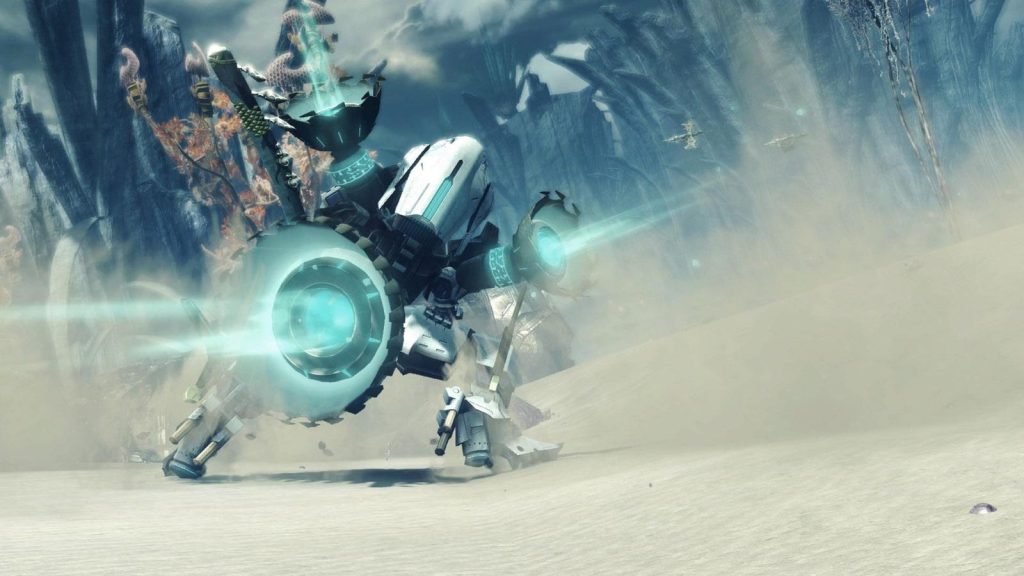The world of Mira is scaled for mecha.
Nintendo
After a lengthy ten-year wait, the often overlooked Wii U title Xenoblade Chronicles X is finally getting its deserved spotlight on the Nintendo Switch.
In contrast to other titles in the Xenoblade Chronicles series, like Chronicles 1, 2, and 3, Xenoblade Chronicles X shares a stronger resemblance to Xenogears while carving out its distinct identity.
Much like Xenogears, mecha play a pivotal role in Xenoblade Chronicles X, especially considering the vastness of the game’s world, known as Mira.
Players begin their adventure on foot, confronting an expansive and daunting environment inhabited by colossal creatures and impressive geographical formations. Although combat methods lean towards a turn-based style, the action is fast-paced, creating an experience more akin to an action RPG, providing players with both ranged and melee attacks that occur on a continuous cycle.
The dynamic atmosphere is further energized by unique abilities called Auras, which recharge after a cooldown period. Strategically using Auras can restore your party’s health and disrupt enemies during intense battles, although failing to manage nearby threats can lead to overwhelming encounters.
The game unfolds as humanity’s remnants arrive on Mira after Earth’s destruction. Players navigate this wild setting to locate other survivors while grappling with extensive game management elements, including inventory and equipment management. While the complexities can feel overwhelming, they adhere to the game’s expansive design.
One persisting concern from its original 2015 launch remains: the dual scale of human and mecha elements can diminish the significance of on-foot gameplay once players acquire mechs. Despite the effective execution of expansive, open-world design, leveling can be exhausting compared to the more effective mecha components.
Moreover, the localization decisions, particularly the renaming of mecha from the original Japanese ‘Dolls’ to the English ‘Skells,’ has drawn criticism. The reasoning behind this change feels unnecessary, akin to awkward renaming conventions found in other franchises.
Despite minor localization shortcomings, the overall design remains engaging, with a distinctive view of mecha influenced by acclaimed designers like Takayuki Yanase bringing his expertise from Gundam into the blend. Similarly, the game shines visually on the Switch, thanks to the team at Monolith Soft, countering earlier doubts regarding a potential port.



